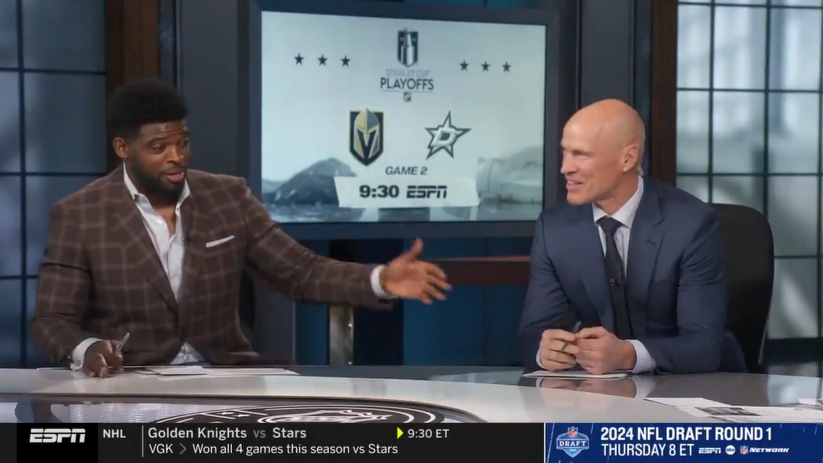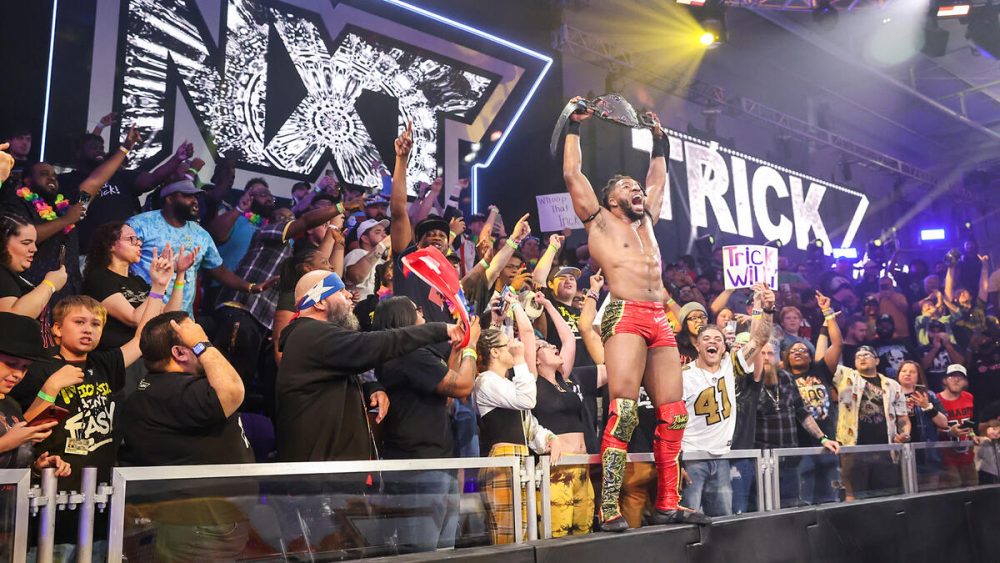One of the more interesting streaming stories recently isn’t about particular content or even a particular streaming platform, but an unlikely alliance on the streaming devices consumers use to access those platforms. NBCUniversal parent Comcast has been developing and selling their own Flex streaming devices and XClass smart televisions for some time now, and last week, cable rival Charter (Spectrum’s parent company) announced they’re joining Comcast’s project in a 50/50 venture rather than developing their own. Alex Sherman has more on the implications of that at CNBC:
Comcast and Charter said they had developed a 50/50 venture to push Comcast’s Flex streaming platform into more homes across America. Comcast will license Flex to Charter, giving Charter’s Spectrum subscribers access to the interface. Comcast also will contribute its smart TV business (XClass) and free ad-supported streaming service Xumo to the venture.
Charter, in turn, will make an initial contribution of $900 million to fund expenses and expansion. In addition, Charter will offer Flex-operated devices and associated voice-controlled remotes, beginning in 2023. While Flex isn’t a new product, the partnership nearly doubles the device’s potential install footprint.
…Nearly every person or family that moves into a new house or apartment needs to set up home broadband. Comcast and Charter are the largest home high-speed broadband connectors in the country.
Hundreds of millions of U.S. households already use a streaming device and may not feel a desire to switch. But Comcast and Charter service more than 200 million people in U.S. households combined. Comcast CEO Brian Roberts and Charter CEO Tom Rutledge can be united on a strategy to tell their broadband technicians to connect Flex devices when they hook up homes across the country with Internet.
As Sherman notes, Comcast and Charter are behind companies that have been offering streaming devices and smart TVs for some time, including Roku, Amazon, and Samsung (which research firm Conviva cited as the three leaders, in that order, on global share of big screen viewing time, counting both streaming devices and smart TVs, in a Q4 2021 report). They also have some disadvantages compared to those companies: Roku’s advantage is that they’re strictly a streaming/smart TV company, so all their focus is there, while Amazon can pair their TVs and Fire sticks with Prime Video, the Alexa voice assistant, and other aspects of their commerce portal, and Samsung has a long history as a popular TV manufacturer. But Comcast and Charter have the advantage of all those internet subscribers, and a partnership like this between them should significantly boost the name recognition and market penetration of Flex.
This partnership is perhaps particularly intriguing from Charter’s side. For Comcast, this makes a lot of obvious sense; they keep doing what they’re doing, and Charter gives them $900 million initially to join in, with more to come later, and helps boost the profile of Flex and XClass significantly along the way. The main downsides for them would seem to be that this removes a differentiator between them and Charter, but a. Flex doesn’t seem prominent enough right now for that to matter much, and b. direct competition for internet customers is often limited, with only certain companies having the infrastructure to offer service in certain areas.
For Charter, this is saying they’re going to join Comcast’s streaming project rather than launch their own, and that has the downside of not having full control. But it has the upside of joining something already in play rather than starting from scratch. And these two companies together have scale that should help Flex gain some brand awareness and market penetration, which could be especially important in the next few years as streaming continues to grow; getting new streaming signups to use your devices or TVs at this point could be critical to having them stick around with your brand. And on that front, one quote Sherman relays from Charter CEO Rutledge is perhaps especially notable:
Rutledge added during Charter’s earnings conference call that it’s only a matter of time before almost all of the company’s customers will get streamed video rather than cable-connected TV.
“I expect that incrementally most of our customer base will be all [Internet protocol],” he said.
Some areas have been trending towards that, including with DirecTV launching its last satellite in 2018 and shifting even its conventional TV service to streaming set-top boxes (rather than boxes receiving programming straight from satellites). And “most of our customer base” on internet protocol doesn’t necessarily mean they’ll all be going away from the conventional TV packages Charter offers; some of this is about a change in distribution technology, not a change in content. But it’s notable to hear Charter’s CEO talk about where he sees their customer base going, and that helps reinforce why they made this deal with Comcast to expand their first-party streaming device presence.
The other point of note in Sherman’s article is about the long-term potential this could bring for bundling of over-the-top streaming services in packages for those with Flex devices or XClass TVs. Comcast already offers a $5/month discount on Peacock for Flex and XClass customers, so that will presumably now open up to the upcoming Charter Flex/XClass customers as well (and that should boost Peacock’s subscriber numbers). But there’s also a possibility of eventual bundles of OTT streaming services from different companies. And as Sherman notes, cable companies like Charter and Comcast have a long history of successfully selling bundles. And this team-up between them boosts their scale and makes them a more appealing connected TV/smart TV partner to work with. Nothing seems imminent there right now, but OTT streaming service bundling certainly could happen in the longer term, and this deal may set Charter and Comcast up to play a larger role if it does.
[CNBC; Xfinity Flex image from HighSpeedInternet.com]







